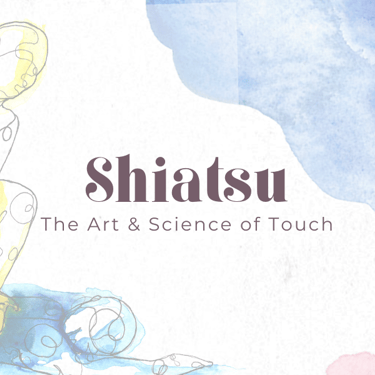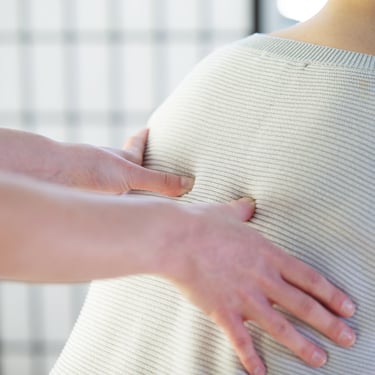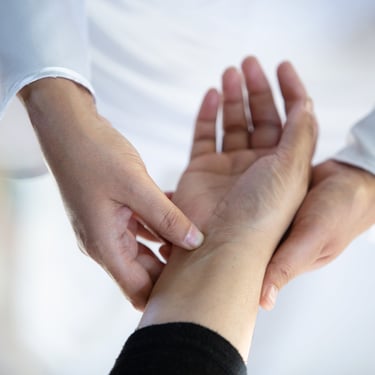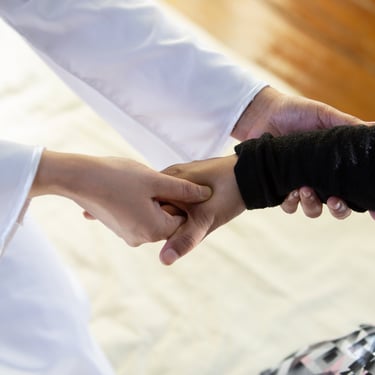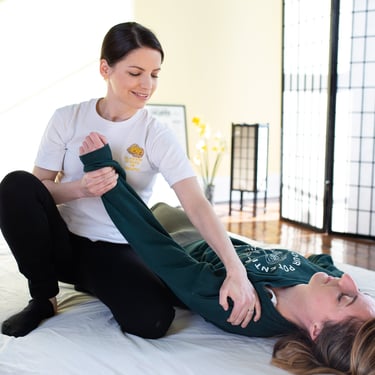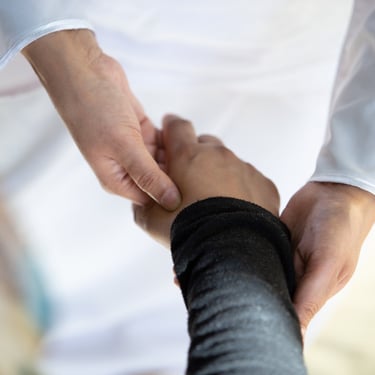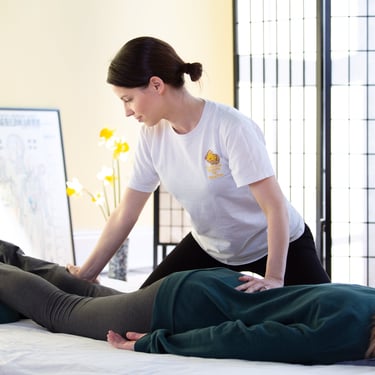Shiatsu
NB I am not currently offering Shiatsu as a stand-alone treatment but am incorporating elements into my other therapies.
Shiatsu
Shiatsu, meaning “finger pressure” in Japanese, is a form of bodywork rooted in Traditional Chinese Medicine (TCM). In Eastern philosophy, the body’s vital energy — Ki in Japanese or Chi in Chinese — flows through pathways called meridians. When this flow is blocked, it can lead to tension, pain, or emotional imbalance. Often described as “acupuncture without needles,” Shiatsu encourages Ki to move freely again, supporting the body’s natural healing ability.
The Experience
Using thumbs, palms, elbows, and even knees, a practitioner works around the whole body, combining acupressure with gentle stretches, rotations, and supportive holds.
Many people leave feeling calmer, more balanced, and better able to rest. They often report improved sleep, a greater sense of wellbeing, and relief from long-held symptoms.
How Sessions Work
Sessions are carried out fully clothed and tailored to your individual needs — from gentle and supportive to more dynamic and invigorating. Every session is adapted to meet you where you are, helping your body find ease and balance. Traditionally carried out on a futon, I currently work on a massage couch for comfort and accessibility.
Mind and Body Connection
TCM sees mind and body as inseparable. Each organ relates to an emotion — the Lung with grief, the Stomach with worry, the Heart with joy, the Kidney with fear, and the Liver with anger or frustration. Shiatsu can gently ease both physical symptoms and their emotional roots, such as digestive issues linked to worry, or back pain from stress and overworking.
